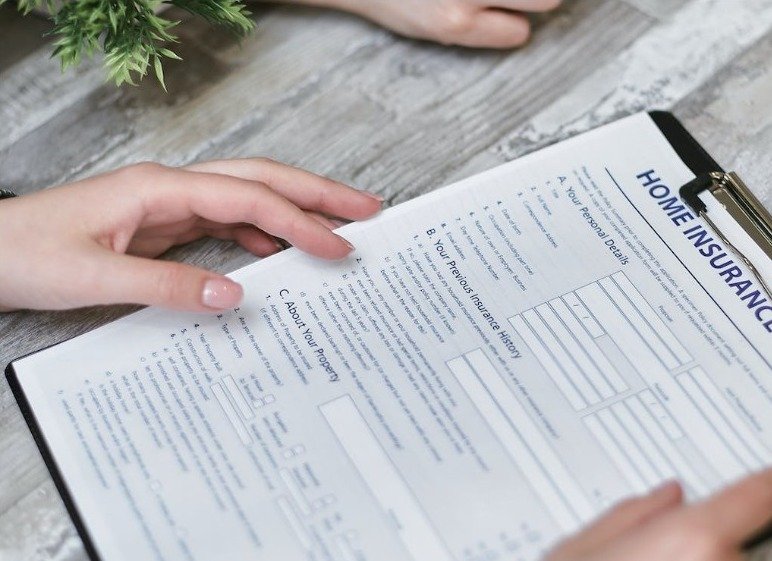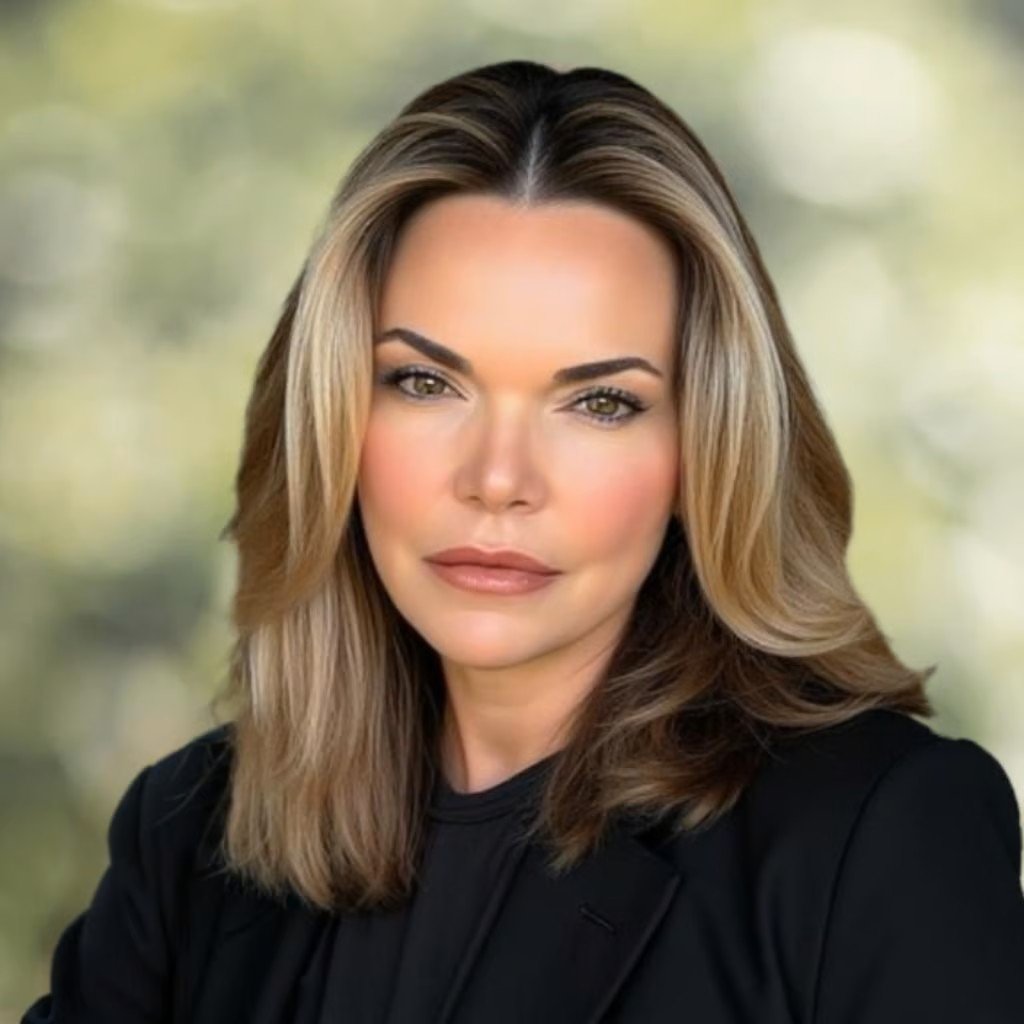The Right Way For Protecting Your Homestead: Essentials of Home Insurance
Your home is not just a structure; it's your sanctuary, your oasis, and one of your most valuable assets. Protecting your homestead should be a top priority, and one of the most effective ways to do so is through home insurance. In this blog, we will explore the essentials of home insurance, helping you understand its importance and how to choose the right coverage for your needs.
Understanding Home Insurance
Home insurance is a contract between you and an insurance company that provides financial protection in the event of damage or loss to your home and its contents. It offers coverage against perils such as fire, theft, vandalism, and natural disasters, depending on the policy you choose.
Different types of home insurance policies are available, including HO-1, HO-2, HO-3, HO-4, HO-5, and HO-6. The most common policy is the HO-3, which provides broad coverage for both the structure of your home and your personal belongings.
However, as explained by the folks behind Warrior Insurance and Services Group, it's important to review the specific details of your policy to ensure it covers all your needs, especially in the event of unexpected events. Understanding the fine print, such as exclusions and deductibles, can help you avoid surprises when filing a claim.
Assessing Your Home Insurance Needs
Before diving into the details of home insurance, it's essential to assess your specific needs. Start by determining the value of your property and belongings. Consider factors such as the size of your home, the materials used for construction, and any unique features or upgrades.
Next, identify potential risks and hazards that your property may be exposed to. Are you located in an area prone to natural disasters like floods, earthquakes, or hurricanes? Do you have valuable items or collections that require additional coverage? Understanding the probability of these events occurring in your area will help you decide whether additional coverage options, such as natural disaster coverage, are necessary for a complete homeowners insurance policy. Thus, it is vital to take your time in completing this evaluation to help ensure that you have the right coverage to protect your biggest investment.
Essential Coverage Elements
When it comes to protecting your homestead, there are four essential coverage elements to consider:
Dwelling Coverage
This provides protection for the physical structure of your home, including the walls, roof, and foundation. The amount of dwelling coverage you need depends on the cost to rebuild your home in the event of a total loss. Factors such as square footage, construction materials, and local labor costs can influence this coverage.
Personal Property Coverage
Personal property coverage ensures that your belongings and personal possessions are protected. This includes furniture, appliances, electronics, clothing, and other items within your home. It's crucial to create an inventory of your belongings and keep documentation, such as receipts and photographs, to facilitate the claims process.
Liability Coverage
Liability coverage is essential for protecting yourself against legal claims and lawsuits. If someone is injured on your property or if you accidentally cause damage to someone else's property, liability coverage can help cover the associated medical bills, legal fees, and court-awarded damages. It's recommended to have adequate liability coverage to safeguard your financial well-being.
Additional Living Expenses Coverage
In case your home becomes uninhabitable due to covered damage, additional living expenses coverage provides reimbursement for temporary living arrangements, such as hotel stays or rental accommodations. This coverage ensures that you can maintain your standard of living while repairs or rebuilding take place.
Additional Coverage Options
In addition to the essential coverage elements, there are several additional coverage options to consider based on your specific needs:
Natural Disasters and Extreme Events: Depending on your location, you may need additional coverage for natural disasters like floods, earthquakes, hurricanes, or wildfires(since there are rising insurance claims from wildfires. Standard home insurance policies often exclude coverage for these events, so it's important to assess your risk and secure appropriate coverage.
Valuable Items and Special Collections: If you own high-value items such as jewelry, artwork, or collectibles, standard personal property coverage may have limitations. Consider obtaining additional coverage or scheduling these items separately to ensure they are adequately protected in the event of loss or damage.
Home Business: If you operate a business from your home, standard home insurance policies may not cover business-related risks. It's important to discuss this with your insurance provider and explore separate policies or endorsements specifically designed for home-based businesses.
Policy Exclusions and Limitations
While home insurance provides critical protection, it's essential to understand that there are exclusions and limitations to coverage. Common exclusions include damage caused by normal wear and tear, intentional acts, certain natural disasters, and damage from pests. It's crucial to review your policy carefully and discuss any concerns or questions with your insurance provider.
To enhance your coverage, consider optional endorsements and riders. These can provide additional protection for specific risks that may not be covered under a standard policy. Examples include sewer backup coverage, identity theft protection, or extended replacement cost coverage.
Finding the Right Home Insurance Provider
Choosing the right home insurance provider is vital for ensuring reliable coverage and excellent customer service. Start by researching and comparing different insurance companies. Look for reputable and financially stable companies that have a good track record in handling claims.
Reading customer reviews and testimonials can also provide valuable insights into the experiences of other policyholders. Seek recommendations from trusted sources such as friends, family, or experts in the industry. To make your search easier, here are some of the top home insurance providers in the United States:
State Farm: State Farm is the largest home insurance company in the United States and offers a wide range of coverage options to suit different needs.
Allstate: Allstate provides comprehensive home insurance coverage and offers various discounts to help homeowners save on their premiums.
USAA: USAA specializes in serving military members and their families, providing tailored coverage and exceptional customer service.
Liberty Mutual: Liberty Mutual offers customizable home insurance policies with additional features like inflation protection and identity theft coverage.
Chubb: Chubb focuses on providing high-value home insurance coverage for luxury homes and valuable possessions.
Farmers: Farmers Insurance offers a variety of home insurance options with additional coverage for unique risks, such as home-based businesses or green home upgrades.
Erie Insurance: Erie Insurance offers affordable and reliable home insurance coverage with excellent customer service.
It's important to compare quotes, coverage options, and customer reviews to find the best home insurance provider for your specific needs. Remember to consider factors such as reputation, financial stability, and customer satisfaction when making your decision.
In conclusion, protecting your homestead with the right home insurance is essential for safeguarding your most valuable asset. Home insurance provides financial protection against damage, loss, and liability, giving you peace of mind knowing that you're covered in case of unforeseen events.
Understanding your specific needs and assessing the value of your property and belongings is the first step in choosing the right coverage. By identifying potential risks and hazards, you can determine the level of coverage required to adequately protect your homestead.
Remember, the right home insurance policy is not just a financial investment, but also a peace of mind investment. Taking action now to secure your home with adequate insurance coverage is a proactive step towards protecting your homestead and ensuring your long-term stability and well-being.












